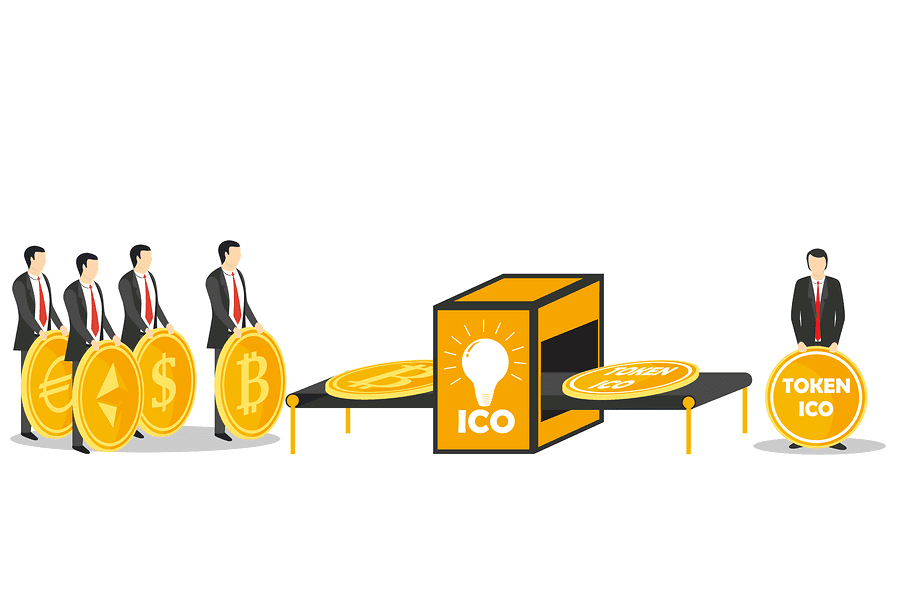 This week speaking at his alma mater, Vitalik Buterin, the creator of Ethereum, commented on the current token landscape or as he called it ‘Tokens 1.0′. I am glad I am not the only one who struggles with the lack of detail surrounding the economic models behind tokens and their valuation. Tokenisation is one of the most interesting developments within the ICO space. This experimentation built on Buterin’s ERC20 is innovative and without precedence. In the Wild West of token offerings, it is often hard to tell the difference between hype and innovation.
This week speaking at his alma mater, Vitalik Buterin, the creator of Ethereum, commented on the current token landscape or as he called it ‘Tokens 1.0′. I am glad I am not the only one who struggles with the lack of detail surrounding the economic models behind tokens and their valuation. Tokenisation is one of the most interesting developments within the ICO space. This experimentation built on Buterin’s ERC20 is innovative and without precedence. In the Wild West of token offerings, it is often hard to tell the difference between hype and innovation.
Tokens have many different roles as: fuel for blockchain (think Ether), payment methods for platforms, mediums of exchange (think gaming), store of value (digital currency), and as rights to future returns (think equity). Many ICOs struggle to define the role or the valuation model behind their token or how it will work in practice. In every economic ecosystem, there is a relationship between supply and demand which informs price discovery. For Initial Coin/Token Offerings, the economics around supply and demand still exist. Without a clear explanation of how tokens create and maintain value (utility/equity/store of value/medium of exchange), or how they increase in value over time; there is no way to understand the economic equilibrium between a token and its valuation. It also distorts price discovery.
Buterin makes the point that tokens are young and not necessarily based on fundamental economic principles YET. Speaking to many novice cryptocurrency investors about why they invest and what is driving their participation in the marketplace, the conversation always starts with a discussion around returns or the ‘3x’.
Bitcoin and tokens have delivered returns most investors could only dream about, sometimes doubling or tripling the initial amount invested. The search for multiples of return similar to Bitcoin’s valuation trajectory continues to fuel investment in token offerings.
Market maturity or evolution to ‘Token 2.0’ as coined by Buterin may come with a price. Think of the Internet Bubble of 2000 and the economic crash after. This revaluation of companies set the groundwork for the next evolution of the internet, cloud computing, and web-based applications. It cleared the hype from the market and created valuations that were based on reality. It also propelled many early-stage businesses to move away from IPOs and listing on stock markets; and created the boom in VC funds and alternative investment vehicles as a model for raising capital for start-up projects. The low-interest rate environment has also further driven investors in search of higher returns, first into commercial property, VC funds and now tokens. In any new market, maturity always comes with a price tag, usually paid for by many inexperienced investors. Let us hope ‘Token 2.0’ is not preceded by the next big crash.
